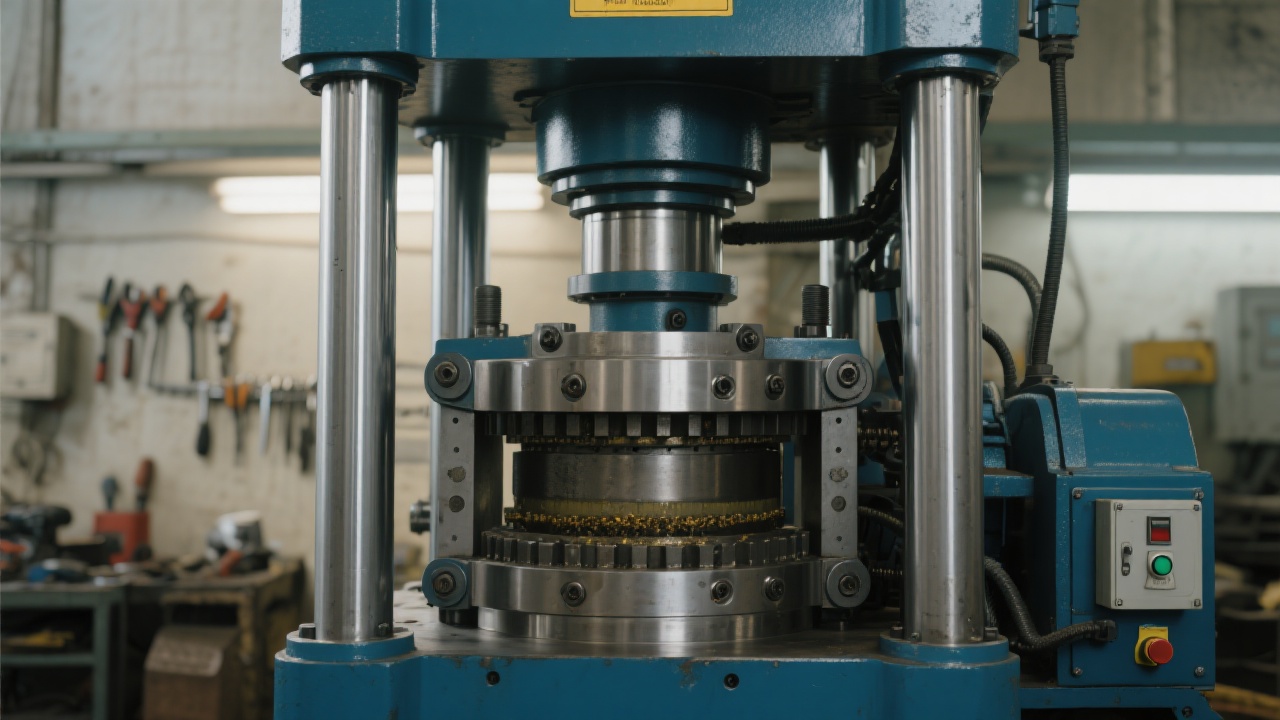
When it comes to hydraulic press machines, understanding the maintenance of core components is crucial. Let's start with the hydraulic cylinder. It's the heart of the press. Regularly check for any signs of wear, such as scratches or dents on the piston rod. A scratch as small as 0.1mm can lead to seal damage over time, increasing the risk of oil leakage. The oil circuit system is another vital part. Ensure that the oil is clean and at the right level. Contaminated oil can cause blockages in the valves, reducing the efficiency of the machine by up to 20%. As for the seals, inspect them for any signs of cracking or hardening. Replacing seals every 6 - 12 months, depending on usage, can prevent costly leaks and downtime.

Adopting standardized operation procedures is a surefire way to extend the lifespan of your hydraulic press machine and ensure safe operation. First, establish a pre - start checklist. This should include checking the oil level, inspecting the power supply, and ensuring all safety guards are in place. By following a standardized start - up process, you can reduce the risk of sudden breakdowns by up to 30%. During operation, maintain a consistent pressure and speed. Erratic operation can put unnecessary stress on the machine's components, leading to premature wear. After operation, make sure to shut down the machine properly, following a step - by - step process to avoid any residual pressure in the system.
Comparing traditional models with new easy - to - maintain models, the differences are significant. In terms of structural strength, new models are designed with advanced materials and engineering techniques. They can withstand up to 15% more pressure than traditional models, reducing the risk of structural failure. Regarding energy consumption, new models are up to 25% more energy - efficient. This not only helps you save on electricity bills but also aligns with global environmental protection trends. For example, a traditional model might consume 10 kWh per hour, while a new easy - to - maintain model only consumes 7.5 kWh per hour under the same working conditions.
To enhance the credibility of our information, we've gathered real - user feedback and typical problem solutions. One user reported that their machine had an oil leakage problem. After our technical team's inspection, it was found that the seal had worn out due to long - term use. We replaced the seal and provided the user with a maintenance plan to prevent similar problems in the future. Another common issue is the slow operation of the machine. This is often caused by a clogged oil filter. By simply replacing the filter, the machine's performance can be restored to normal. These real - life examples show that we have the expertise to handle various problems that may arise during the use of the hydraulic press machine.
Our after - sales service system is a key factor in enhancing customer satisfaction. We offer installation and commissioning services. Our technicians will ensure that the machine is installed correctly and running smoothly. We also provide training support to your operators, so they can operate the machine safely and efficiently. With our remote diagnosis service, we can quickly identify and solve problems without the need for on - site visits in many cases. For example, in 80% of minor problems, we can resolve them through remote diagnosis within 24 hours. Our ISO9001 - certified quality management system ensures that all our services and maintenance operations are carried out in a standardized and high - quality manner.
Standardized maintenance, in line with the ISO9001 quality management system, is of great importance. It ensures that every maintenance operation is carried out to the highest standards, reducing the risk of human error. To help you implement normative maintenance, we provide a maintenance plan template and a check - list. The maintenance plan template includes a detailed schedule for regular maintenance tasks, such as oil changes, filter replacements, and component inspections. The check - list can be used during daily inspections to ensure that all necessary checks are carried out. These tools are designed to make your maintenance work more efficient and effective.
Q: How often should I change the hydraulic oil?
A: It depends on the usage and the working environment. Generally, for heavy - duty use, it's recommended to change the oil every 6 - 12 months. For light - duty use, every 12 - 18 months is sufficient.
Q: Can I use any type of hydraulic oil in my press machine?
A: No. You should use the type of hydraulic oil recommended by the manufacturer. Using the wrong oil can cause damage to the machine's components and reduce its performance.
Q: What should I do if the machine makes a strange noise?
A: First, stop the machine immediately to prevent further damage. Then, check for loose parts, low oil level, or any signs of component failure. If you can't identify the problem, contact our after - sales service team.
Ready to enhance the efficiency and longevity of your hydraulic press machine? Click here to learn more about our easy - to - maintain hydraulic press machines and our comprehensive after - sales service.